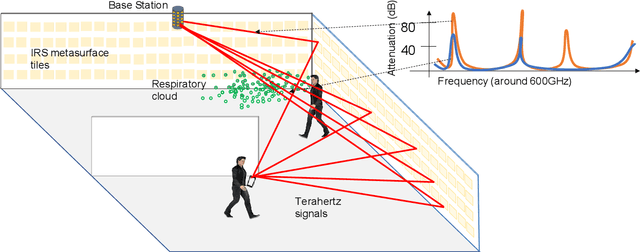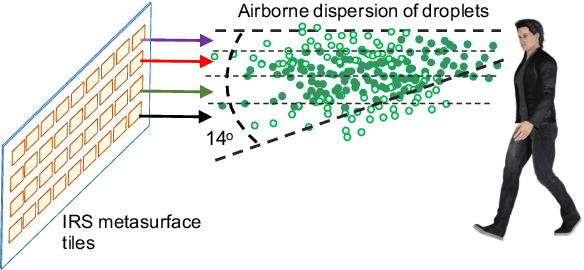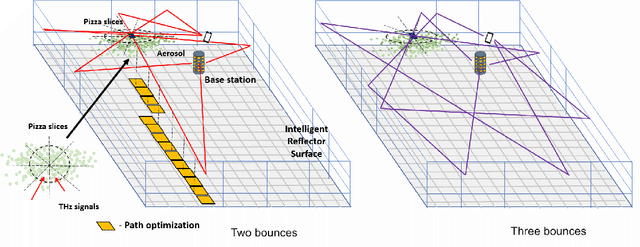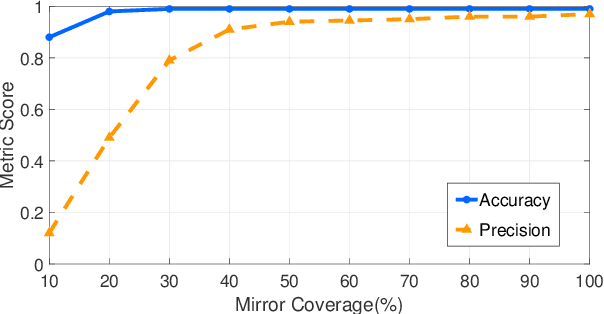Harun Šiljak
Strategies for decentralised UAV-based collisions monitoring in rugby
Mar 27, 2025Abstract:Recent advancements in unmanned aerial vehicle (UAV) technology have opened new avenues for dynamic data collection in challenging environments, such as sports fields during fast-paced sports action. For the purposes of monitoring sport events for dangerous injuries, we envision a coordinated UAV fleet designed to capture high-quality, multi-view video footage of collision events in real-time. The extracted video data is crucial for analyzing athletes' motions and investigating the probability of sports-related traumatic brain injuries (TBI) during impacts. This research implemented a UAV fleet system on the NetLogo platform, utilizing custom collision detection algorithms to compare against traditional TV-coverage strategies. Our system supports decentralized data capture and autonomous processing, providing resilience in the rapidly evolving dynamics of sports collisions. The collaboration algorithm integrates both shared and local data to generate multi-step analyses aimed at determining the efficacy of custom methods in enhancing the accuracy of TBI prediction models. Missions are simulated in real-time within a two-dimensional model, focusing on the strategic capture of collision events that could lead to TBI, while considering operational constraints such as rapid UAV maneuvering and optimal positioning. Preliminary results from the NetLogo simulations suggest that custom collision detection methods offer superior performance over standard TV-coverage strategies by enabling more precise and timely data capture. This comparative analysis highlights the advantages of tailored algorithmic approaches in critical sports safety applications.
Applying Intelligent Reflector Surfaces for Detecting Respiratory Aerosol Cloud using Terahertz Signals
Aug 17, 2021



Abstract:The recent COVID-19 pandemic has driven researchers from different spectrum to develop novel solutions that can improve detection and understanding of SARS-CoV-2 virus. In this article we propose the use of Intelligent Reflector Surface (IRS) emitting terahertz signals to detect airborne respiratory aerosol cloud that are secreted from people. Our proposed approach makes use of future IRS infrastructure to extend beyond communication functionality by adding environmental scanning for aerosol clouds. Simulations have also been conducted to analyze the accuracy of aerosol cloud detection based on a signal scanning and path optimization algorithm. Utilizing IRS for detecting respiratory aerosol cloud can lead to new added value of telecommunication infrastructures for sensor monitoring data that can be used for public health.
 Add to Chrome
Add to Chrome Add to Firefox
Add to Firefox Add to Edge
Add to Edge